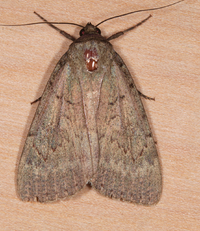
| Recorded by: Jim Petranka, Mark Basinger and Becky Elkin on 2024-09-20
Madison Co.
Comment: | 
| Recorded by: Jim Petranka, Mark Basinger and Becky Elkin on 2024-09-20
Madison Co.
Comment: |
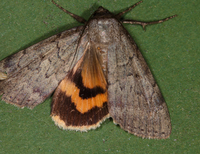
| Recorded by: Jim Petranka and Becky Elkin on 2023-08-24
Madison Co.
Comment: | 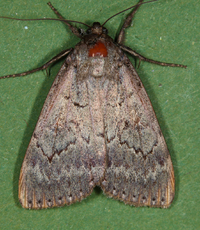
| Recorded by: Jim Petranka and Becky Elkin on 2023-08-24
Madison Co.
Comment: |

| Recorded by: Jim Petranka and Becky Elkin on 2023-08-24
Madison Co.
Comment: | 
| Recorded by: Jim Petranka and Bo Sullivan on 2023-08-08
Ashe Co.
Comment: |
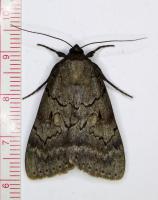
| Recorded by: Gary Maness on 2020-07-03
Guilford Co.
Comment: | 
| Recorded by: Gary Maness on 2020-07-03
Guilford Co.
Comment: |
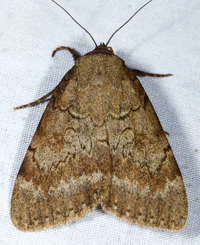
| Recorded by: Jim Petranka, Becky Elkin, Steve Hall and Bo Sullivan on 2019-07-30
Yancey Co.
Comment: | 
| Recorded by: Steve Hall and Bo Sullivan on 2018-07-19
Ashe Co.
Comment: |
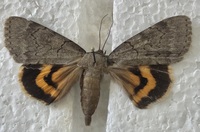
| Recorded by: Darryl Willis on 2017-06-18
Cabarrus Co.
Comment: | 
| Recorded by: Darryl Willis on 2015-07-12
Cabarrus Co.
Comment: |

| Recorded by: Darryl Willis on 2015-06-13
Cabarrus Co.
Comment: | 
| Recorded by: J.B. Sullivan on 2014-08-22
Ashe Co.
Comment: Specimen in NCSU Insect Museum. Wingspan = 5.9 cm; forewing length = 2.8 cm. |
|

 »
»



 »
»

